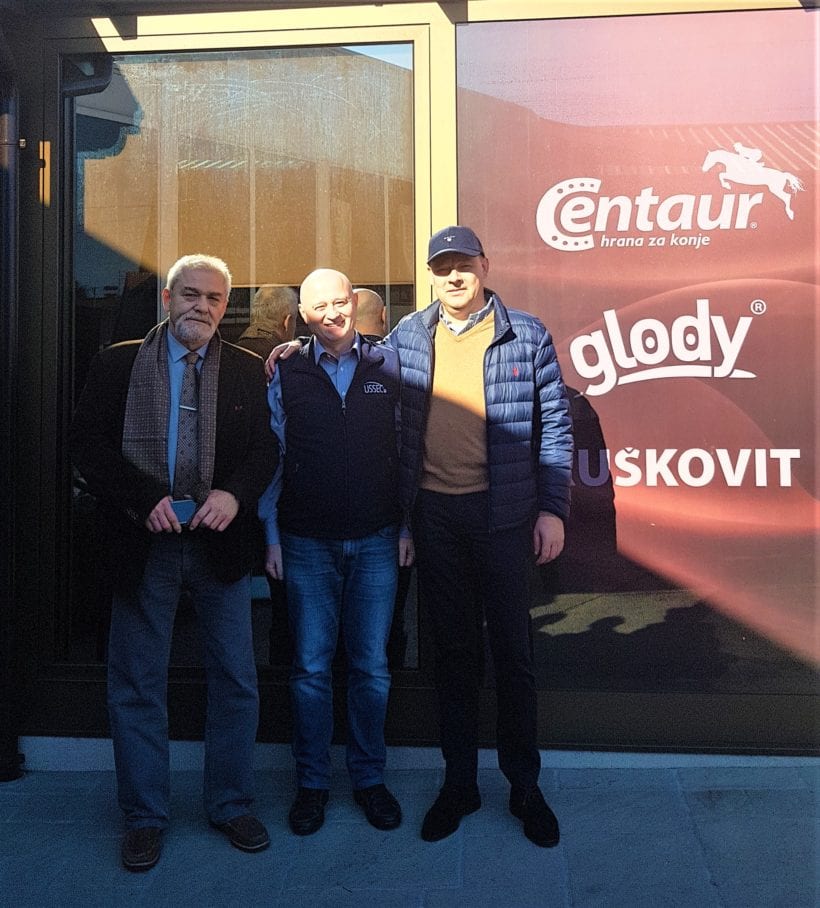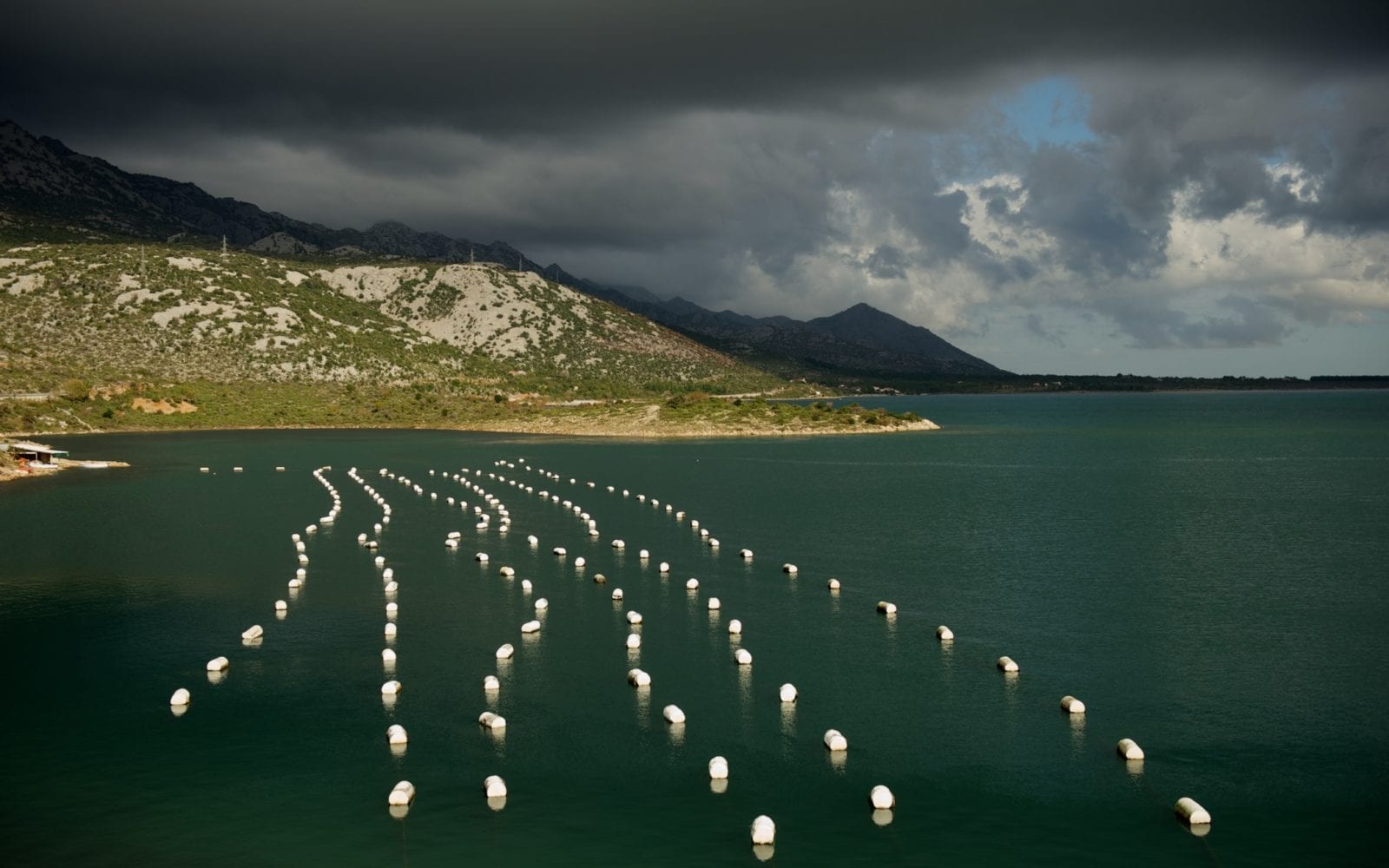
Editor’s note: The event featured in this story took place prior to the USSEC travel ban due to COVID-19.
In 2019, the Western Balkan countries, Croatia, Slovenia, and Macedonia resumed imports of U.S. soybean meal. Leading local feed and livestock companies started to purchase, either directly or through local distributors, and use soy of U.S. origin. In an effort to expand the market for U.S. Soy in the subregion, USSEC consultants Dr. Jan van Eys (Animal Utilization, France) and Dr. Iani Chihaia (South East Europe & Greece Region) traveled during the second week of February to the Western Balkan countries with the goal to establish contacts and promote U.S. Soy to local leading companies in the feed, livestock, and aqua industries.
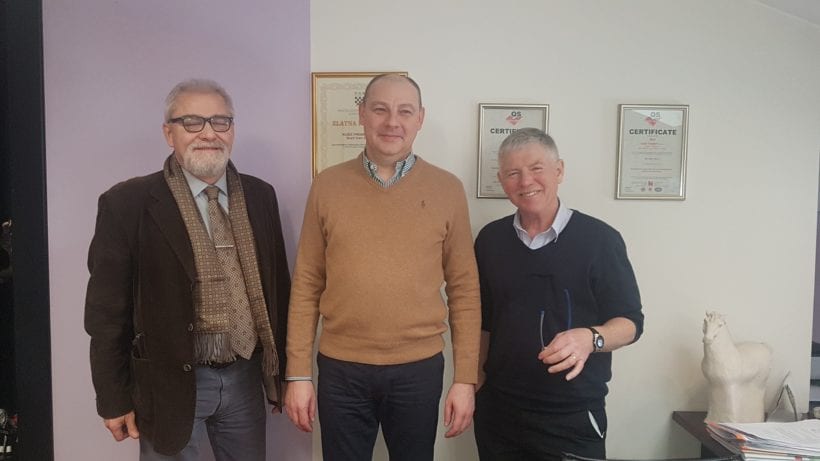
Croatia, the largest country in the Western Balkans region, shows a large livestock diversity and feed industry production capacity. The Croatian poultry, swine, and dairy industries stimulate demand for high protein ingredients such as soybeans and soybean meal. Soybeans are imported mainly through the port of Rijeka. Until recently, Zadar port was an important destination as well due to an existing large soybean crushing facility with a capacity of 250,000 metric tons (MT) annually.
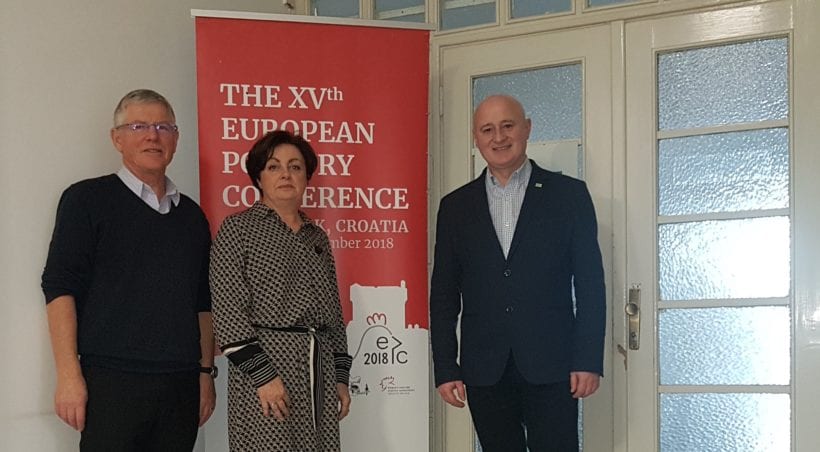
The meeting with Dr. Estella Prukner- Radovčić, a full professor at the University of Zagreb, Croatia, was an opportunity for the USSEC consultants to learn about the current status of the poultry industry, the main consumer of soy and the most developed meat production sector in the country. This professor, with many years of experience, research, and teaching in poultry health at the veterinary college of the University of Zagreb confirmed much of the strengths of the Croatian poultry industry.
Another strength of Croatia is that the basic infrastructure and production capacity is in place and developments are prepared; the market has a significant potential and is expected to increase following some additional investments and inputs, especially in terms of know-how and cooperative stimulation.
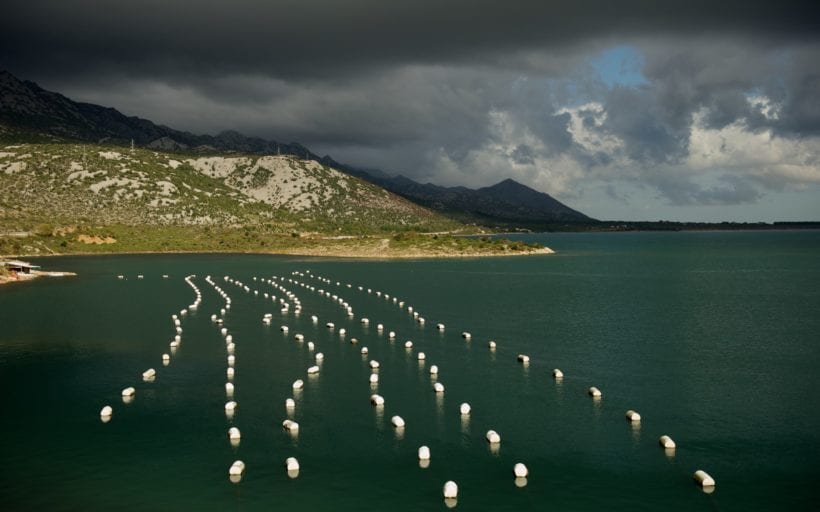
Croatia has more than 800 kilometers of coastline with excellent aquaculture potential. For the past few years, the Croatian aquaculture sector started to develop significantly, signaling a growing demand for U.S. soy specialty ingredients needed to replace expensive fish meal in sea bream and sea bass diets. USSEC should capture the market expansion opportunities offered by the fast-growing meat and fish production industries from the Western Balkan subregion.
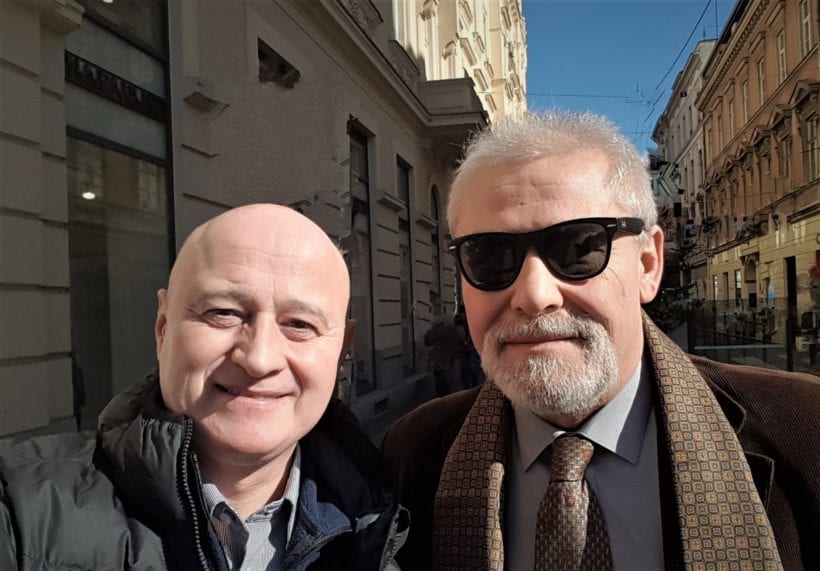
Meetings with several key representatives of the feed and livestock industry confirmed to the USSEC consultants that the past few years have brought significant improvements in the production and productivity of the of the Croatian feed and livestock industry. It is expected that the country will open up opportunities, which can and should be transformed into real imports of U.S. soy products. The potential is evident and work with the relevant livestock, feed and aqua companies deserves more attention in the near future. A sustained effort by USSEC to capture and sustain the positive momentum that resulted from the USSEC consultants’ visit should see results in increased imports of U.S. soy products in Croatia.
